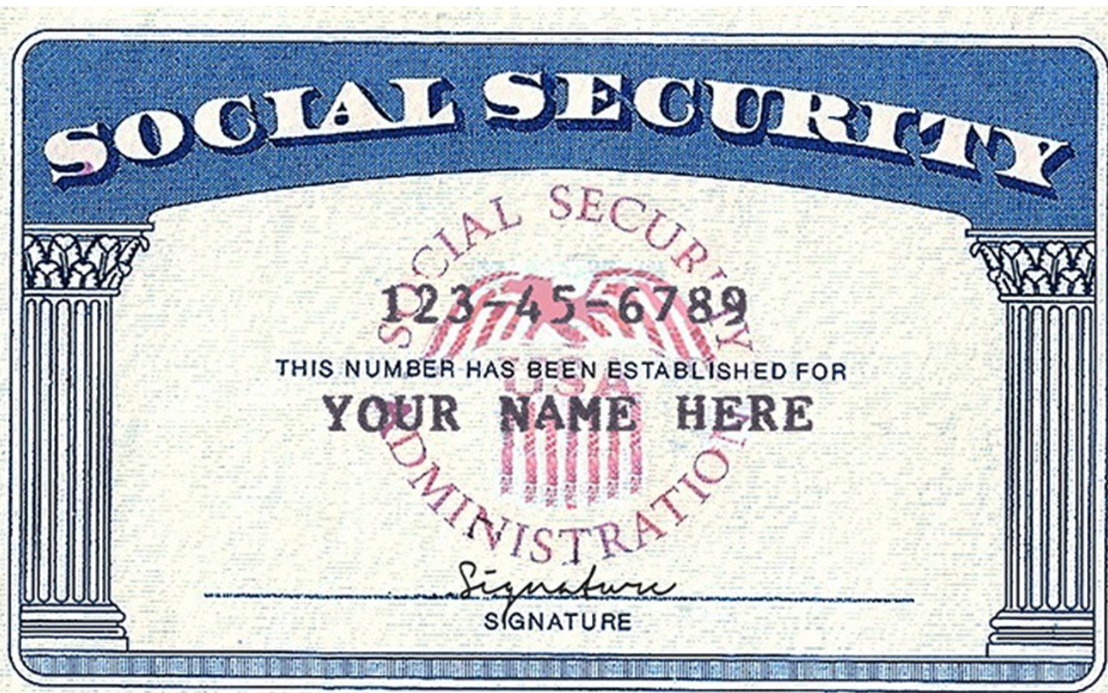
- August 19, 2024
- GuardiansOfIT
- 0
A staggering data breach has exposed the personal records of 2.9 billion people, including sensitive information like Social Security numbers, names, and addresses. This breach, affecting National Public Data, has potentially placed this information on the dark web, where it could be bought and sold by cybercriminals. This alarming incident underscores the critical importance of safeguarding employee data and highlights the essential role that both HR departments and Chief Information Officers (CIOs) play in maintaining security.
The Scale and Impact of the Breach
The breach involved an enormous 277.1 gigabytes of data, including information going back at least three decades. The hacking group responsible, known as USDoD, claims to have stolen the data and posted it for sale on the dark web. Since then, different versions of the data have been circulated, with one hacker even leaking a complete version for free.
This breach serves as a wake-up call for organizations everywhere. The exposed data, which includes Social Security numbers and detailed personal histories, could lead to identity theft, financial fraud, and other serious consequences for those affected. It’s a stark reminder that in today’s digital age, the protection of personal information is not just a best practice—it’s a necessity.
The Role of CIOs and HR in Protecting Employee Data
Given the scale of this breach, it’s clear that organizations must prioritize the security of their digital infrastructure. A Chief Information Officer (CIO) is key to this effort. The CIO is responsible for the overall security of a company’s information systems, ensuring that they are robust enough to fend off cyber threats. However, the CIO cannot do this alone.
The Human Resources (HR) department plays a vital role in protecting employee data. HR handles a vast amount of sensitive information—everything from Social Security numbers and bank details to health records and personal contact information. It’s essential that HR works closely with the CIO to ensure that all this data is securely stored and protected from unauthorized access.
Implementing Strong Security Measures
To protect employee information effectively, companies need to implement a range of security measures. This includes:
- Encryption: Ensuring that all sensitive data is encrypted so that even if it is stolen, it cannot be easily read or used by unauthorized parties.
- Access Controls: Limiting access to personal data to only those who need it for their work. This helps prevent accidental or intentional misuse of information.
- Regular Security Audits: Conducting regular checks of the company’s security systems to identify and fix vulnerabilities before they can be exploited by hackers.
- Employee Training: Educating employees about the importance of data security and teaching them how to recognize and avoid potential threats like phishing attacks.
Why Protecting Employee Information Matters
Protecting employee information is not just about avoiding legal trouble or financial losses—it’s about maintaining trust. Employees trust their employers to keep their personal information safe. If that trust is broken, it can lead to a loss of morale, damage to the company’s reputation, and even legal action.
Furthermore, in an age where data breaches are becoming increasingly common, taking proactive steps to protect sensitive information is critical. By working together, HR and CIOs can create a secure environment where employees’ personal data is safeguarded against potential threats.
Conclusion
The massive data breach affecting 2.9 billion records serves as a stark reminder of the importance of cybersecurity in today’s digital world. It’s crucial for organizations to prioritize the protection of employee information by implementing strong security measures and fostering collaboration between HR and CIOs. By doing so, companies can ensure that their employees’ personal data remains safe, secure, and out of the hands of cybercriminals.

